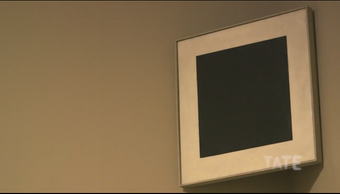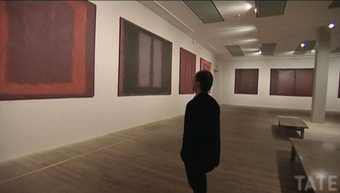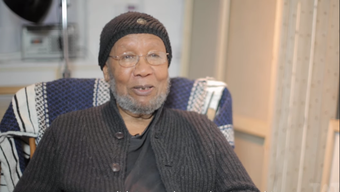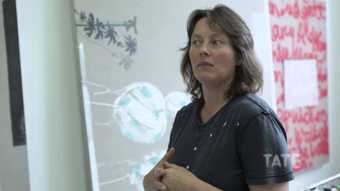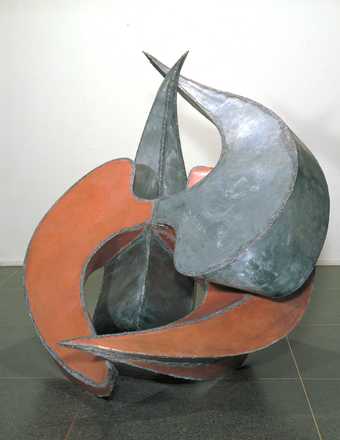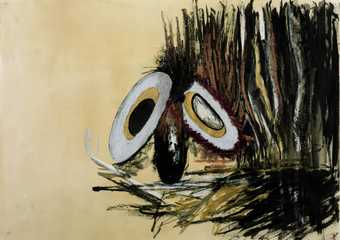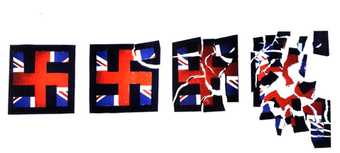I’m trying to explore how we see the world. The idea of sight is very important. Perception is everything, so my whole development has been to explore the nature of seeing, and how we see things and how we make our judgement in relation to what we see.
What I’m trying to do is not be advertising; advertising tells you exactly what it is. What art does, it has ambiguity. It leaves you to discover. You know, it has a possibility, it’s multidimensional. I want to see an art that has ambiguity and makes me think about my own evolution in the world that I live in, and my place in the space and time of this universe, so that when people give you facts in advertising, they basically kill your imagination.
As well as the painting that I did in 1999, actually the whole purpose of doing that painting is not to be able to see. I see Black Square as a kind of protest, and you go close to it, and you see just the materiality of the surface of this black square, and it’s finite; it’s nothing there and then you think to yourself, what am I looking at? And then you begin to see, slowly – it takes time – almost a kind of light opens at the centre of this black, and then you see space, you see infinity. Because what it’s trying to say is that how difficult it is for us to perceive the nature of reality. We always think we know, but yet really, we don’t know, and Black Square is a protest against knowing.
So I wanted to show you…there are video pieces I did in 2003. It connects to the Veil in the Tate, but it’s more physical. I have to turn the light off. You walk inside pitch black space and through a big gap, and then you enter a white room. I choreographed the breath of four vocalists from four different traditions. The act of praying is like the beginning of expressing oneself through words and music, and so it really, it’s like the genesis of consciousness of different cultures.
There is a frustration when you don’t see, but then that’s when you question. We always think light throws clarity in our vision. We see things better. But actually, light blinds us. We see better in darkness, because it shows the paradox of seeing.
When you get involved with this painting, from very close, from looking at it intimately, you begin to see different spaces. From a distance you see a kind of mercurical, watery surface, and when you get close it becomes concrete and it becomes different spaces. You know, in nature you have something that is very chaotic, yet when you look closely you begin to see its logic, its preciseness. If we learnt about this tension in life, then the decisions that we make are not one-sided any more, because one of the problems we have, we only see one side. We only see one way, and then we make a decision; that’s why we have so much trouble in the world. We have a tendency as a human species to say we are certain about our belief, whether it is a religious belief, political belief, psychological, economical, and we think we know; and actually the reality, if we really want to look carefully, the reality is uncertain. Our perception feeds that into that direction. So it’s this doubt and uncertainty is the core of what I do.

